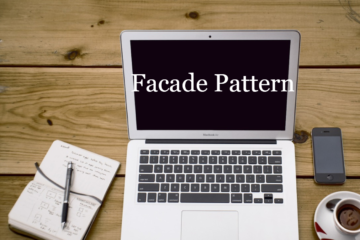
Facade Pattern
Façade Pattern The word Façade in general context indicates the exterior of the building hiding the interior complexity. In the similar fashion it is used to hide the complexity of interactions across multiple classes by providing an outer façade which interacts with these classes. Client calls Façade which handles the complex interactions instead of client... » read more



